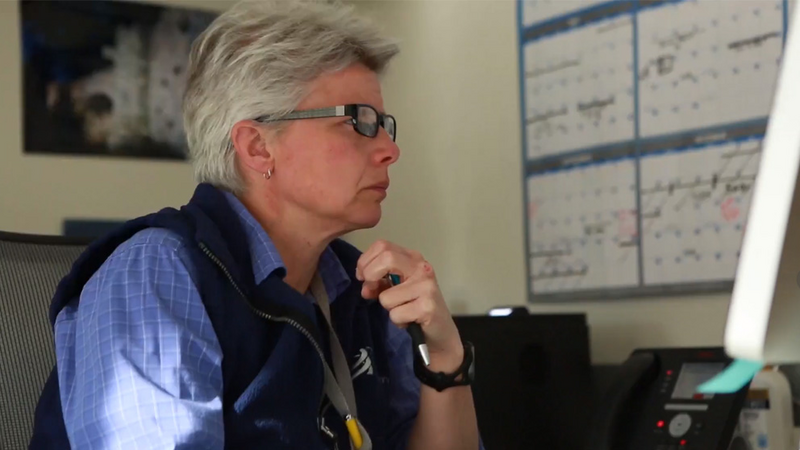Defining a deadly disease
Research Highlight | October 3, 2022
Putting a definition on lung cancer
One of the most difficult cancers to treat, lung cancer’s five-year survival rate remains poor, holding at around ~18.6%. Consisting of two types, small cell or non-small cell, lung cancers mainly affect the aging population, with the average age of onset being 70 years old.
Defining a patient’s lung cancer is essential for providing proper prognosis and treatment decisions for patients. Non-small cell cancer (NSCLC) is the more common of the two types, with high mutation levels and genomic complexity making it difficult to pin down exact reasons for its onset and progression. The two major subtypes of NSCLC, adenocarcinoma and squamous cell carcinoma, both possess specific genomic changes, pathway disruptions, and immune host responses that have been extensively investigated. Nonetheless, there are still many unknown mechanisms needing further study.
Providing a platform for NSCLC research
With the goal to advance lung cancer research, Jackson Laboratory (JAX) Professor Carol Bult, Ph.D. and a team including JAX Associate Director, Computational Sciences Anuj Srivastava, Ph.D., and Xing Yi Woo, Ph.D., now Head of Research Data Integration and Senior Principal Investigator at the Bioinformatics Institute (A*STAR) in Singapore, joined forces with the University of California Comprehensive Cancer Center and Northern Light Eastern Maine Medical Center to establish a repository of lung cancer patient-derived xenografts (PDXs).
Created by introducing tumor cells from a lung cancer patient into transplant-compliant mice, PDX models are essential to understanding more about the mechanisms of disease and for testing responses of tumors to different treatment protocols. One of the most beneficial features of PDX models is that they preserve key biological properties of the patient tumors, including cell-to-cell genetic differences. The JAX repository comprises 79 primarily NSCLC PDX models with accompanying genomic data and, in many cases, treatment response data that are freely available from the Mouse Models of Human Cancer database hosted at The Jackson Laboratory.
“By making the data about our PDX models freely available, we support Open Science and enable other research groups to mine the data for biomarkers that track with treatment response or to identify novel targets for the next generation of cancer therapies,” says Bult.
Detailed in “A Genomically and Clinically Annotated Patient-Derived Xenograft (PDX) Resource for Preclinical Research in Non-Small Cell Lung Cancer,”published in Cancer Research, a journal of the American Association for Cancer Research, the NSCLC models themselves are also available from JAX. Researchers can access models of lung cancer with tumor morphology, mutations, expressed genes, and changes in copy number that mirror those observed in the patient tumors.
“Building this PDX resource demonstrates how researchers of diverse expertise can work together to drive translational research in NSCLC, and the utility of this resource is made possible with thorough annotation and characterization of each PDX model,” says Woo.
Triggering novel targeted treatments
Unfortunately, NSCLC cells often become resistant to targeted treatments. Bult and team have built the PDX repository with a focus on overcoming cancer resistance to a common type of cancer treatment, tyrosine kinase inhibitors (TKIs). TKIs are a type of targeted therapy drug formulated to identify and attack specific types of cancer cells. TKIs have become the preferred method of treatment because there is less damage to normal cells than with radiation or chemotherapy, as the TKIs are formulated to target specific irregular proteins.
While TKIs represent a step forward, they are not a cure all. For a patient with NSCLC, targeted therapies such as TKIs are not universally effective. With hopes to comprehend different forms of therapeutic resistance, the PDX archive houses gene expression and mutation studies that provide the specific genomic characteristics preventing targeted treatments such as TKIs from working in NSCLC tumors.
“The cancer research community needs preclinical resources like PDXs for predicting drug effectiveness, identifying patient responders, and biomarker discovery to expedite the drug candidates in clinical trials,” says Srivastava.

